Identifying Blossom End Rot(BER)
Every summer tomato gardeners around the world are often plagued with blossom end rot. It is an unsightly leathery-looking sunken spot on the underside of what otherwise appears to be a perfectly good tomato. In addition to tomatoes, blossom end rot can also affect peppers, squash, and even eggplants.
Blossom end rot first appears as a water-soaked spot at the bottom end of the tomato. As this tissue breaks down it becomes darker and sunken. There are several factors that can contribute towards blossom end rot and for the most part, it is believed to be caused by a deficiency of calcium in the plant tissue as the fruit was beginning to form. Or is it?
A study Indicates Other Wise
A recent (2014) study [Why calcium deficiency is not the cause of blossom-end rot in tomato and pepper fruit – a reappraisal — Max C. Saure] shows otherwise.
“From a review of the relevant literature, it is concluded that Ca2+ [Calcium] deficiency is not the cause but a result of blossom-end rot (BER) in tomato and pepper fruit. Actually, a depletion of the apoplastic pool of water-soluble Ca2+ in fruit has been observed only after the symptoms of BER were already visible, whereas in fruit at the early stages of BER development, the distribution and concentration of Ca2+ was still similar to that in healthy fruit. The actual causes of BER are obviously the effects of abiotic stress, e.g. by salinity, drought, high light intensity, heat, and ammonia nutrition, resulting in an increase of reactive oxygen species (ROS), high oxidative stress and finally cell death. Cell death results in a disintegration of the plasma membrane and tonoplast and a breakdown of the endoplasmic reticulum, thus not following but preceding ion leakage, including Ca2+ leakage, and loss of turgor.”
Since there have been no other studies noted to disapprove or confirm this information, to err on the side of caution we are going to assume that calcium does play a role in blossom end rot as we explore this further.
Most gardeners assume blossom end rot is caused by a calcium deficiency in the soil and reach for any number of treatments they believe will fix the issue. This stems from a possible deficiency of calcium in acid soils. In desert gardens, however, soils are normally alkaline and more than likely have sufficient calcium. If crops are planted in native desert clay, there is the possibility that calcium has been locked up and is not available plants, this can be corrected by the addition of lots of organic material and balanced organic fertilizers. Soil however is not a likely cause of calcium deficiency in tomatoes.
The Cause
Environmental conditions are the real culprit either in affecting calcium movement in the plant or simply affecting the plant hormones. Too much salinity in the soil, inconsistent watering, very high temperatures, and high light intensity are the factors linked to blossom end rot. High nitrogen levels can also be a factor since it can inhibit the uptake of calcium as the plant pushes out rapid new growth. In squash plants, it is important to distinguish between blossom end rot and un-pollinated fruit dying off. Blossom end rot will only occur on pollinated fruit.
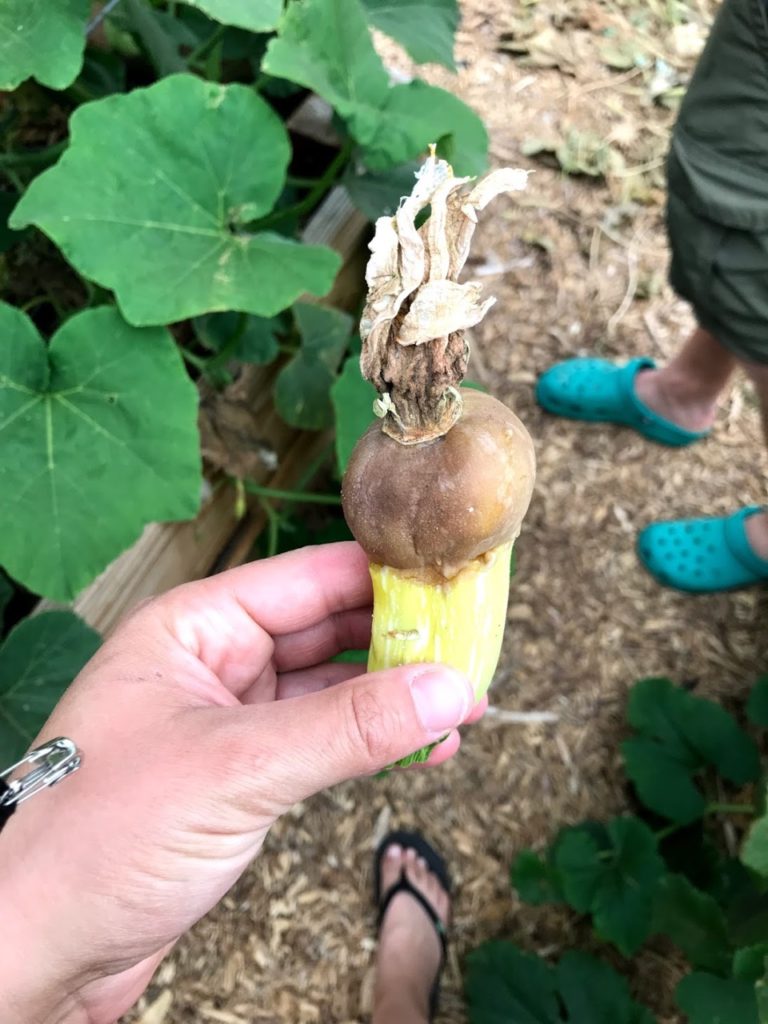
The Myths
Blossom end rot can be fixed with Epsom salts(magnesium sulfate), tums, coffee grounds, calcium sprays, or eggshells. None of these have any effect fixing on blossom end rot. They will add nutrition to the soil over time but not in time to get rid of blossom end rot.
The Cure
There is no guarantee that your tomatoes will not be afflicted by blossom end rot. As a preventative measure, however, maintain consistent watering. Do not let soils dry out between watering, but do not overwater either. Keep an eye on soil pH, and add good quality organic composts and a balanced organic fertilizer for healthy plants. Use three inches of mulch to cover the surface of the soil and keep moisture in the soil.
All environmental conditions cannot be controlled. If blossom end rot does happen, chances are that it is limited to the first few fruits. Remove these as soon you notice the rot so that the plant’s energy can be be used for other fruit.
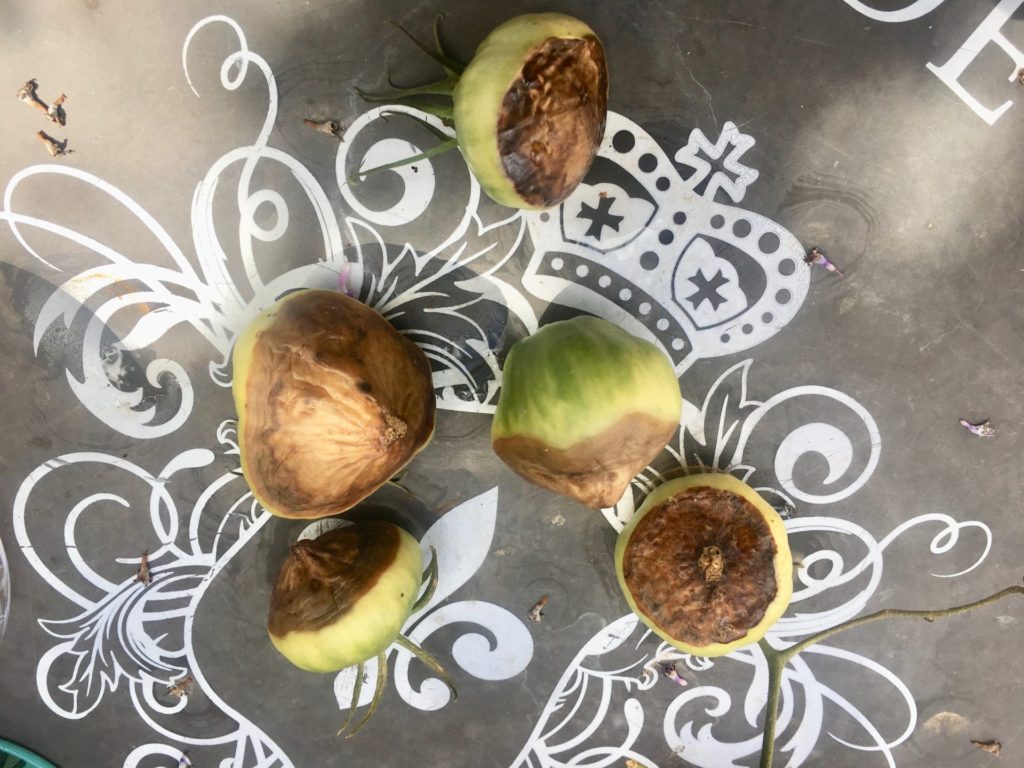

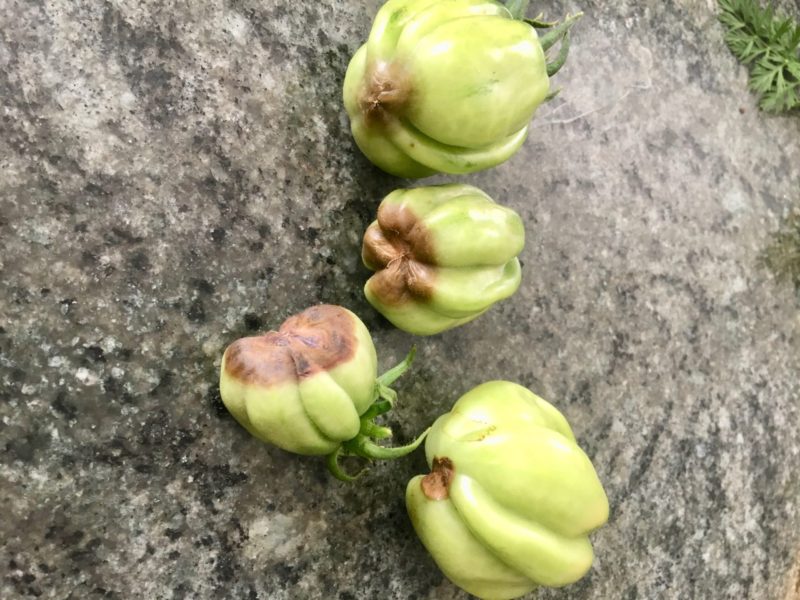
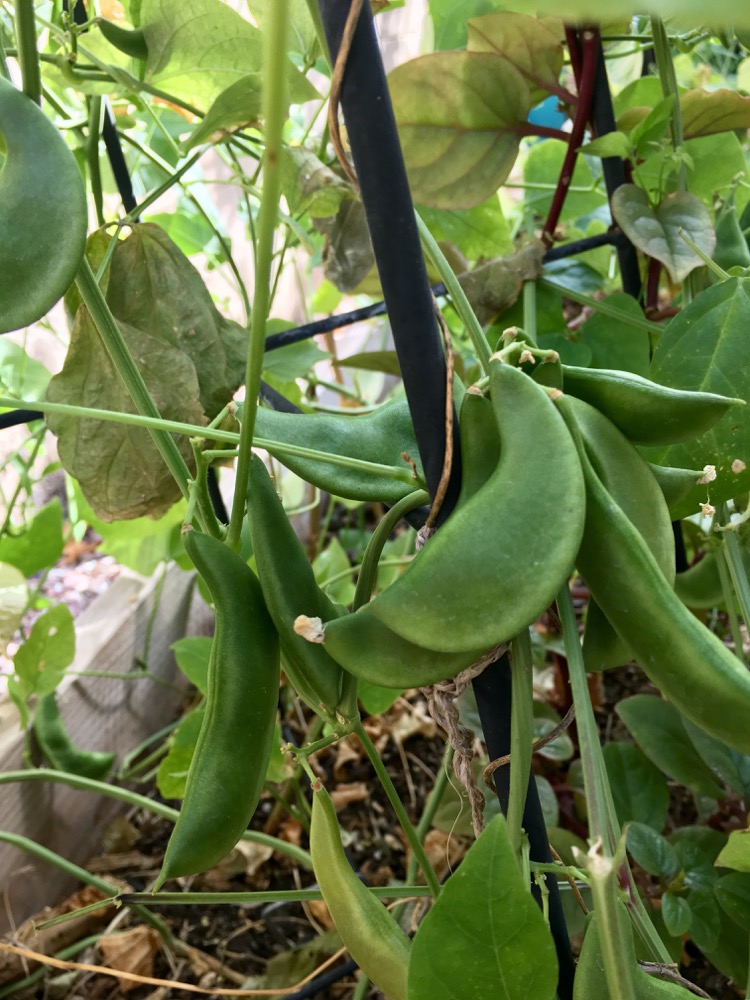
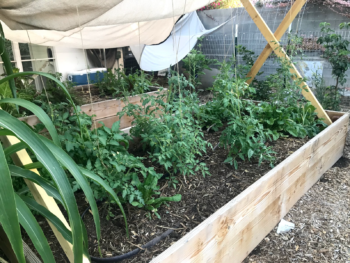
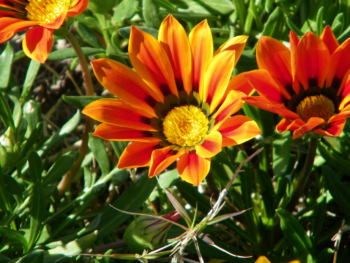
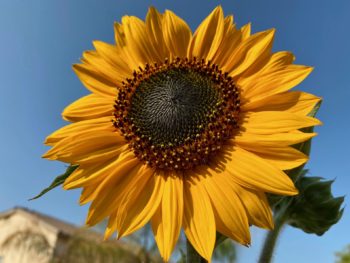
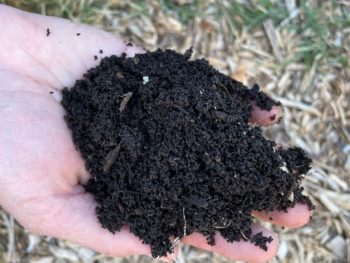
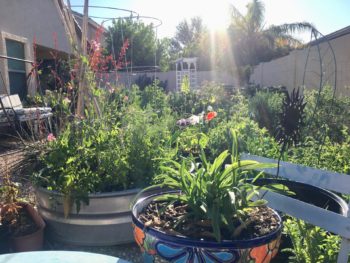

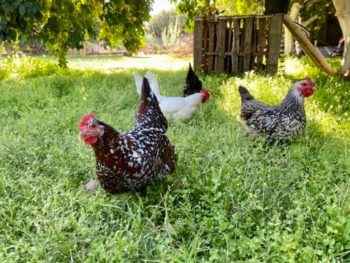
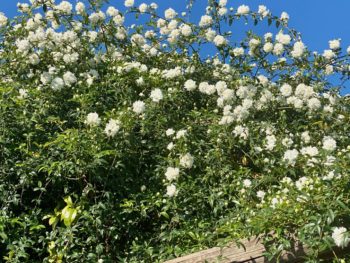
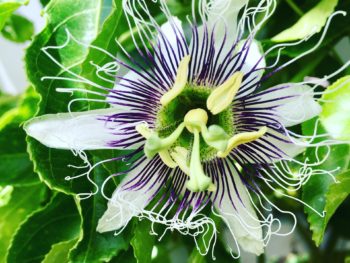
 Tackling Insects in the Desert Garden
Tackling Insects in the Desert Garden